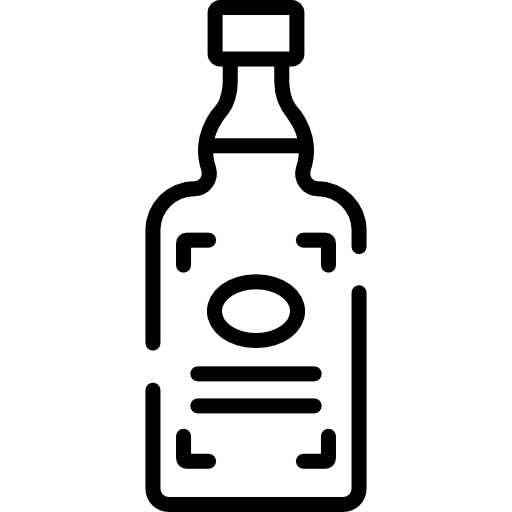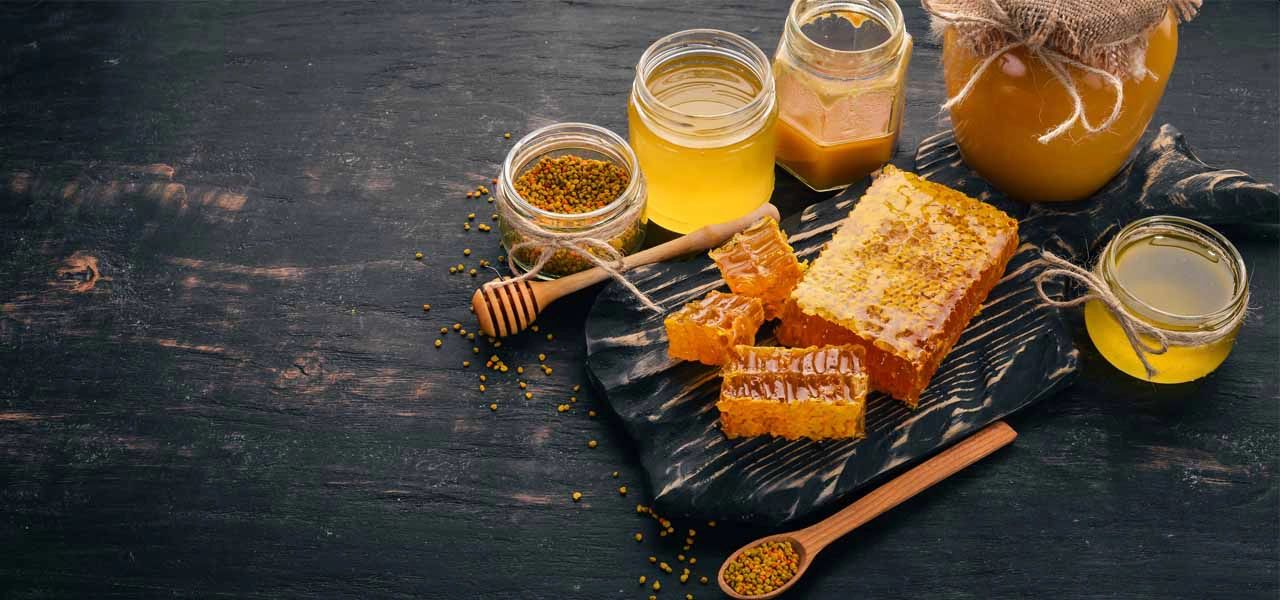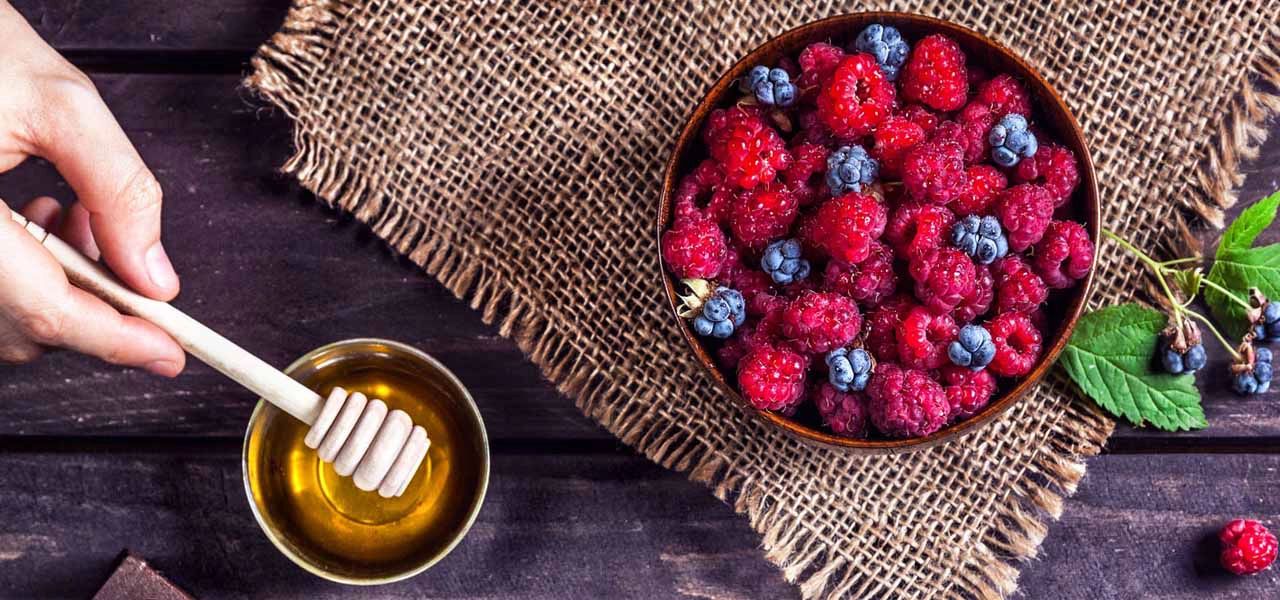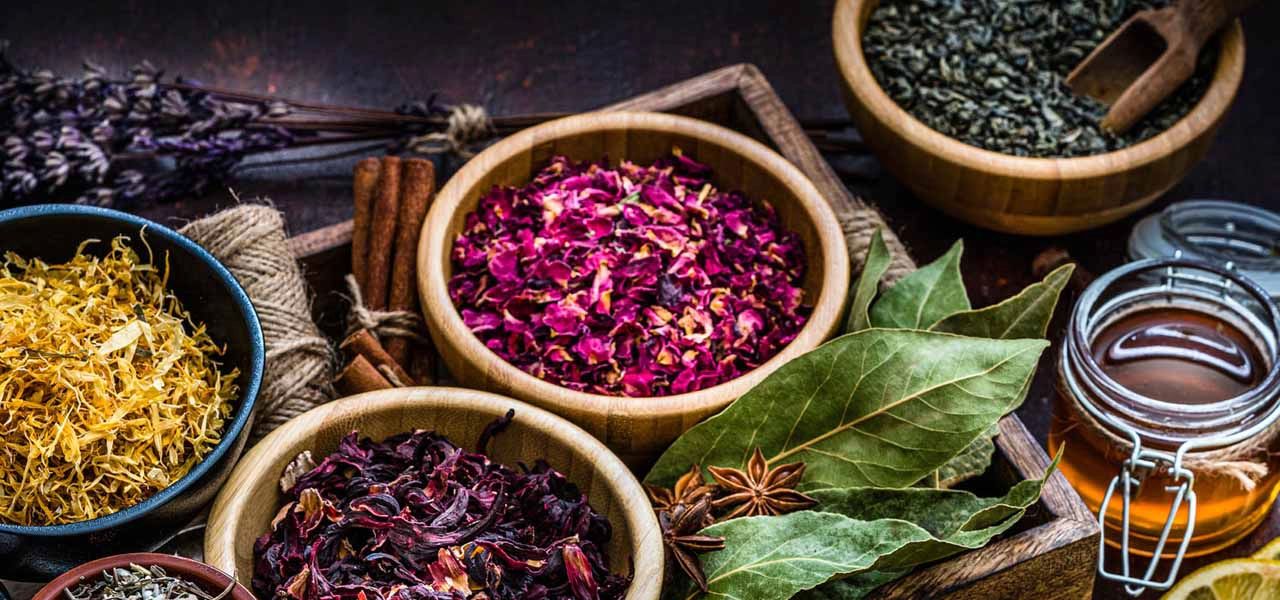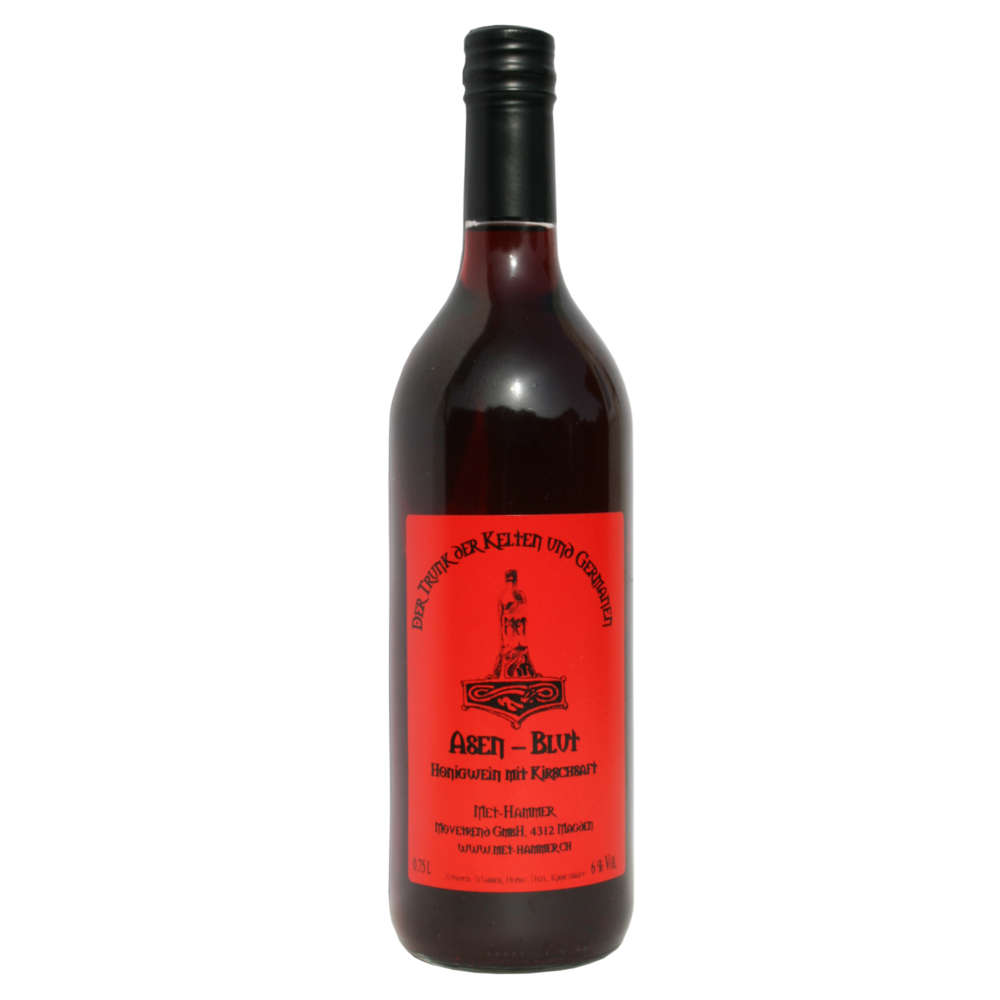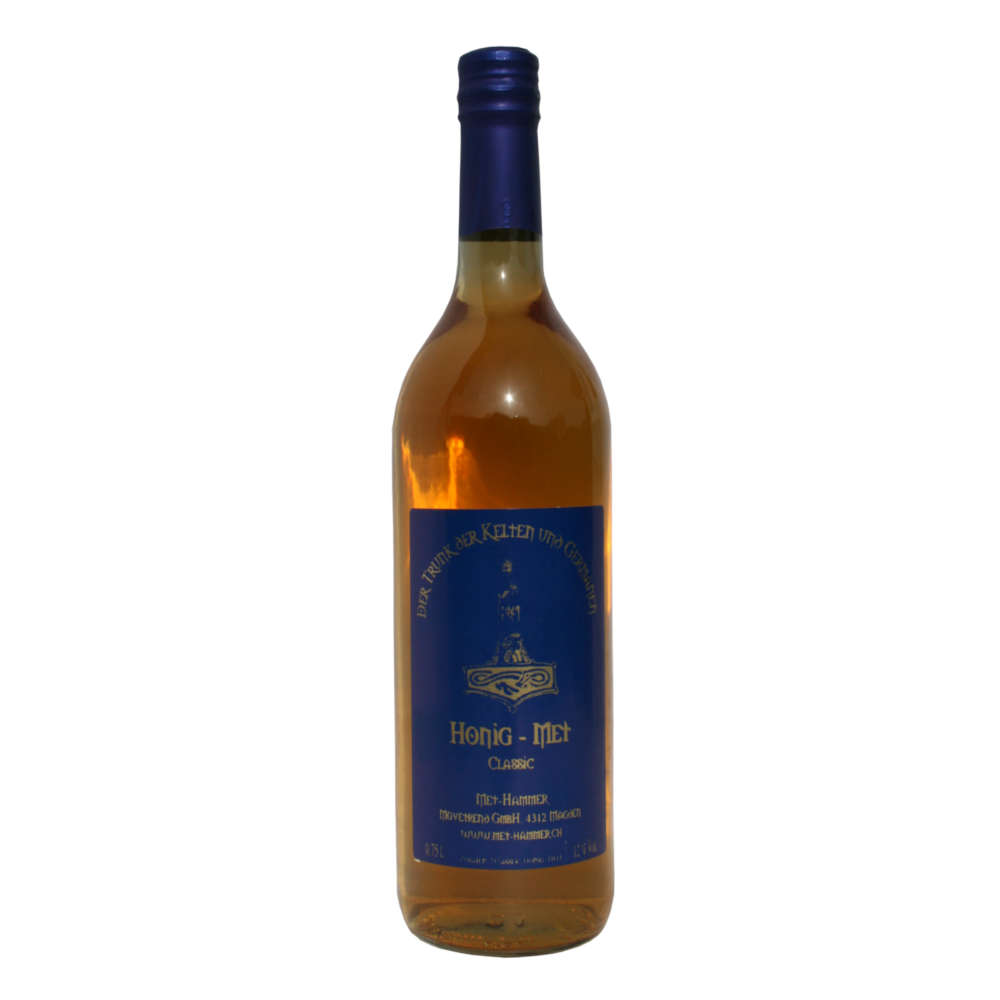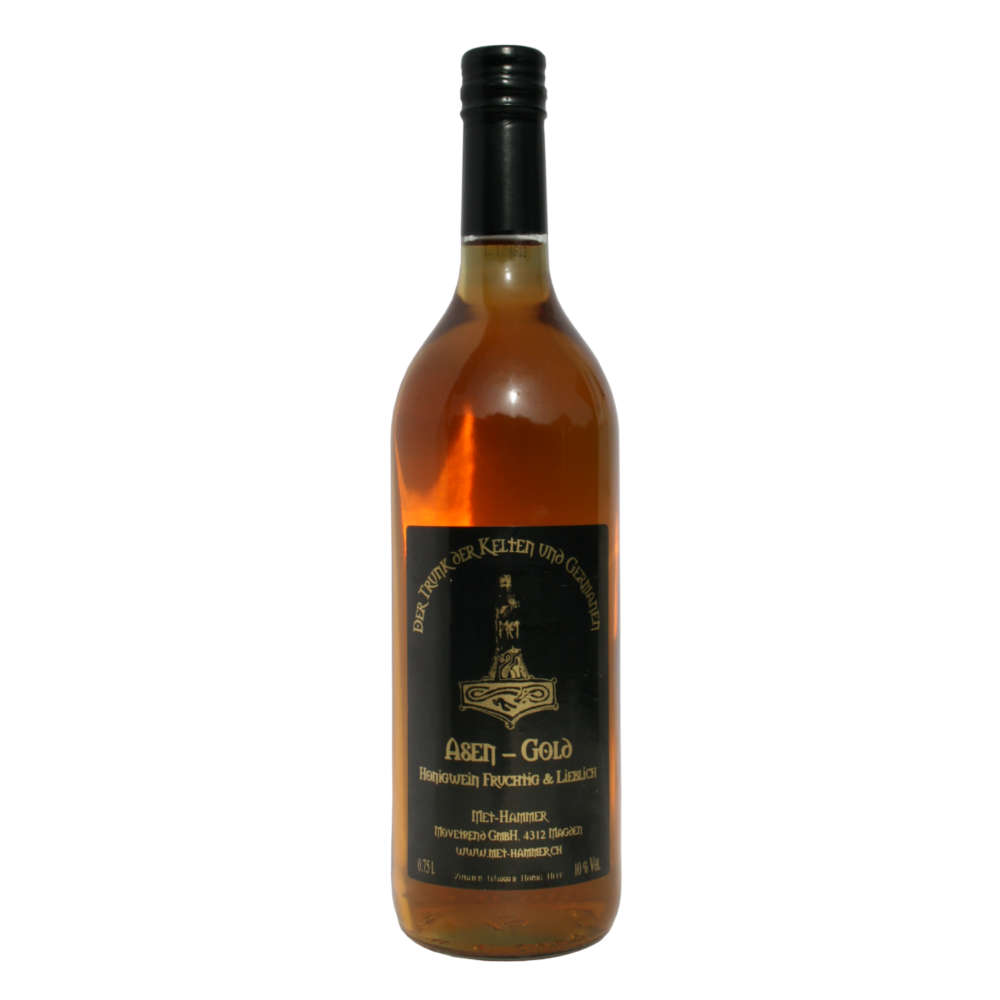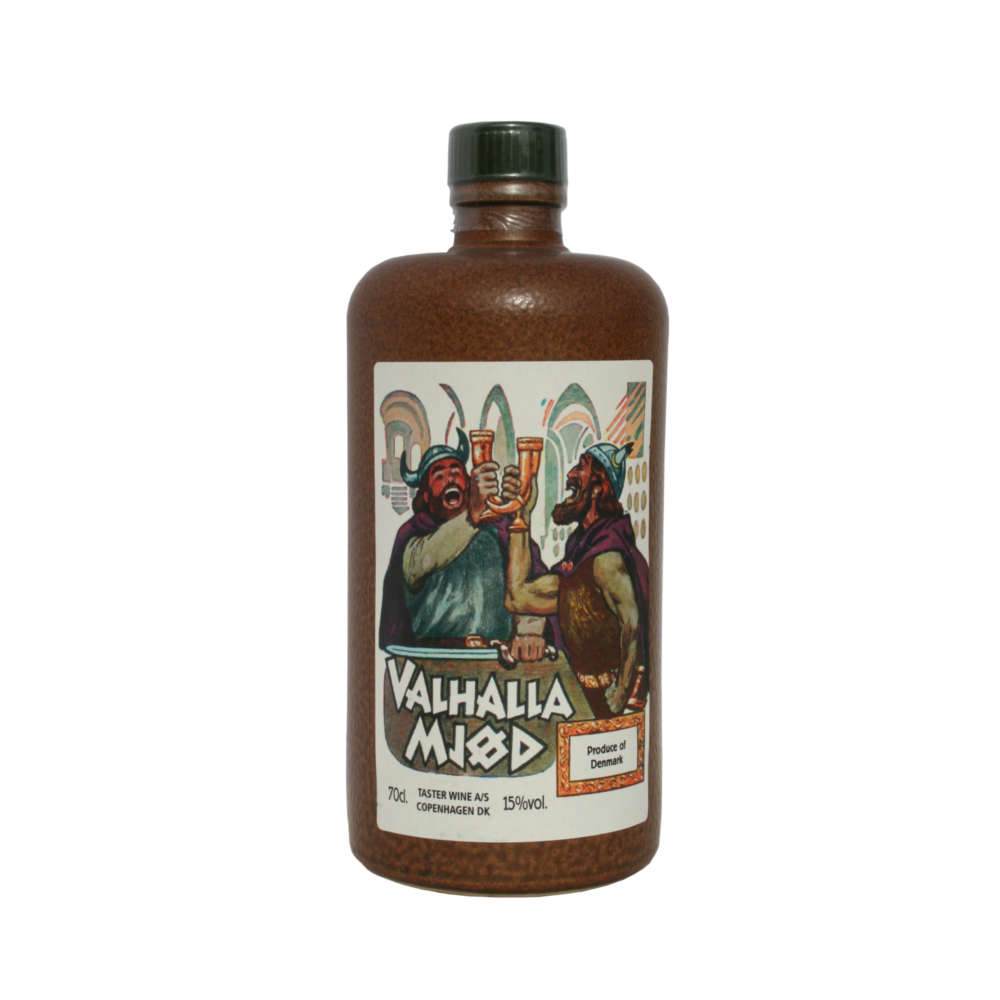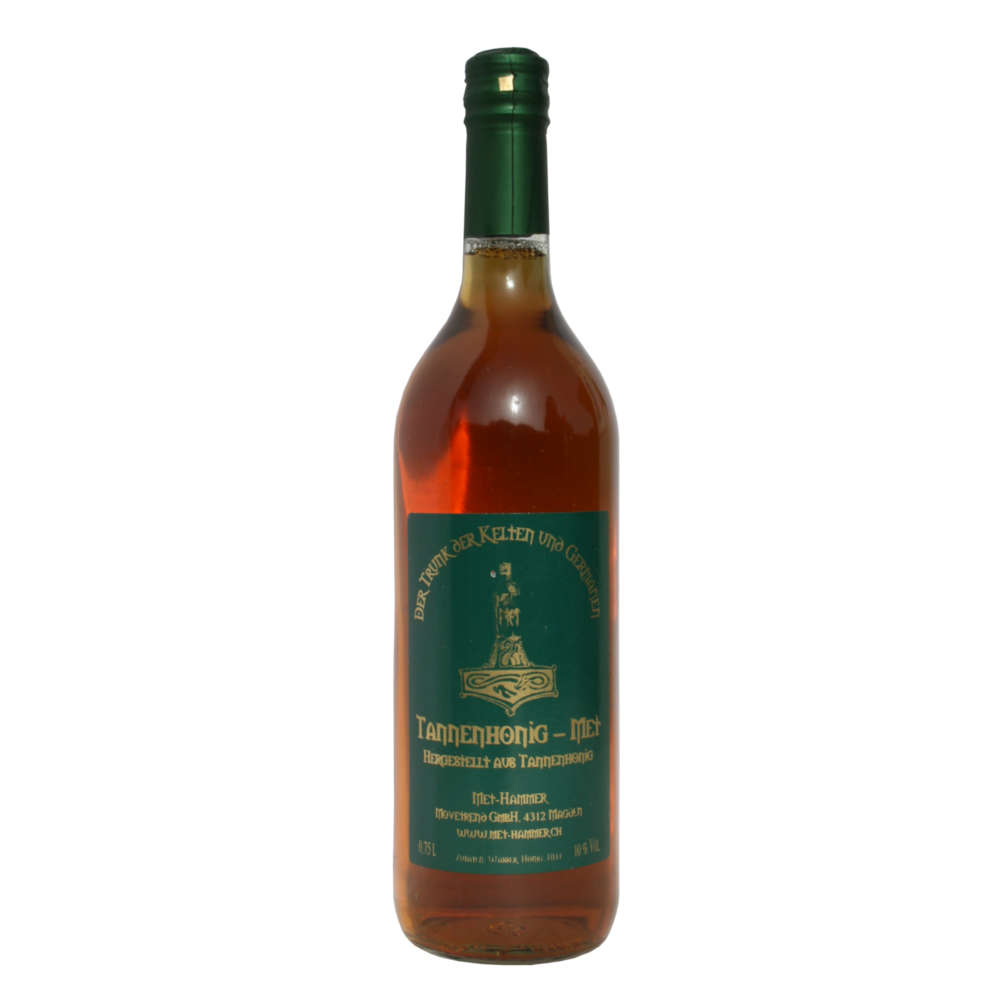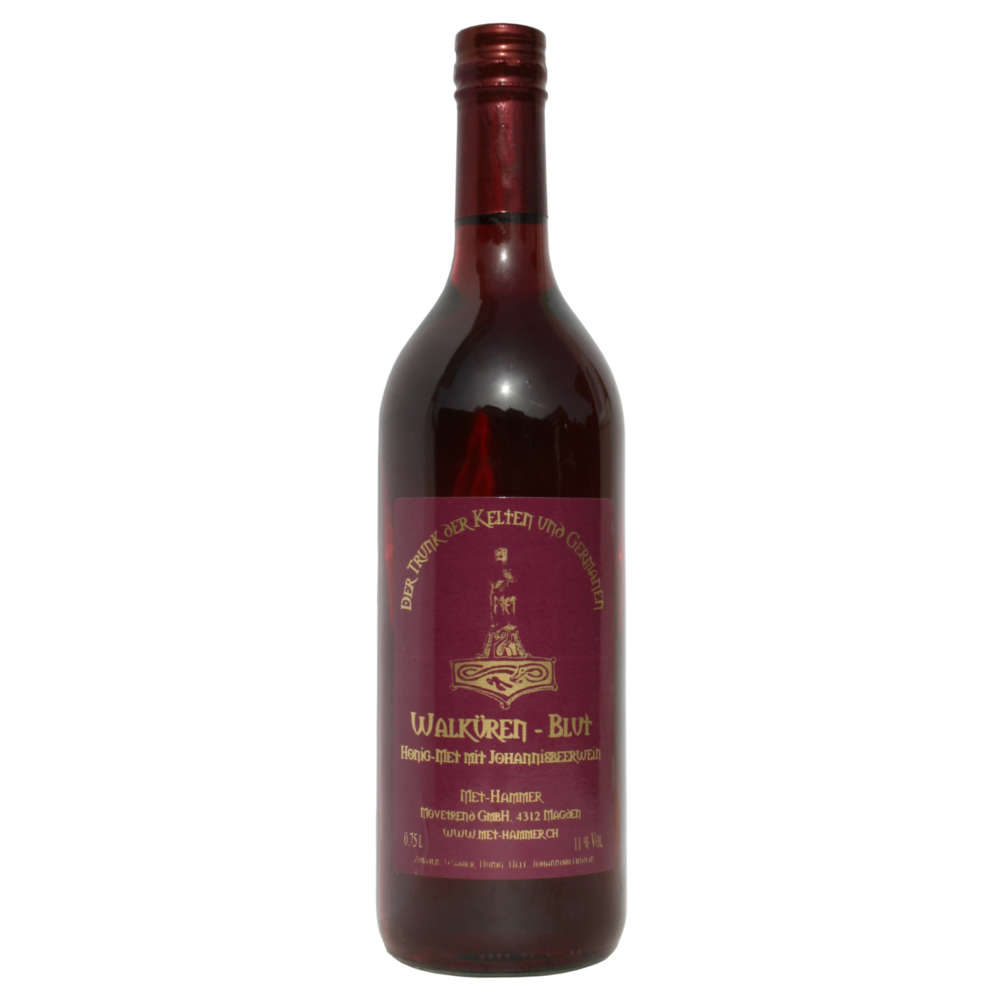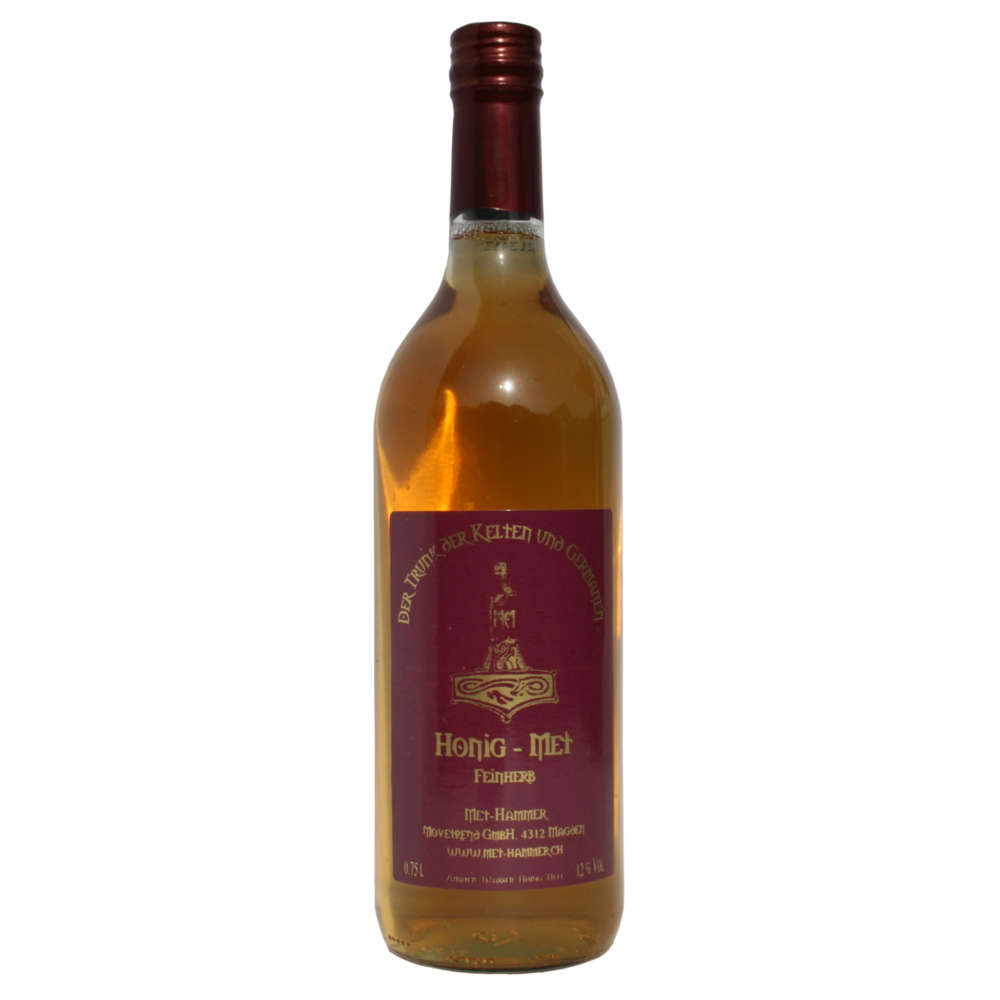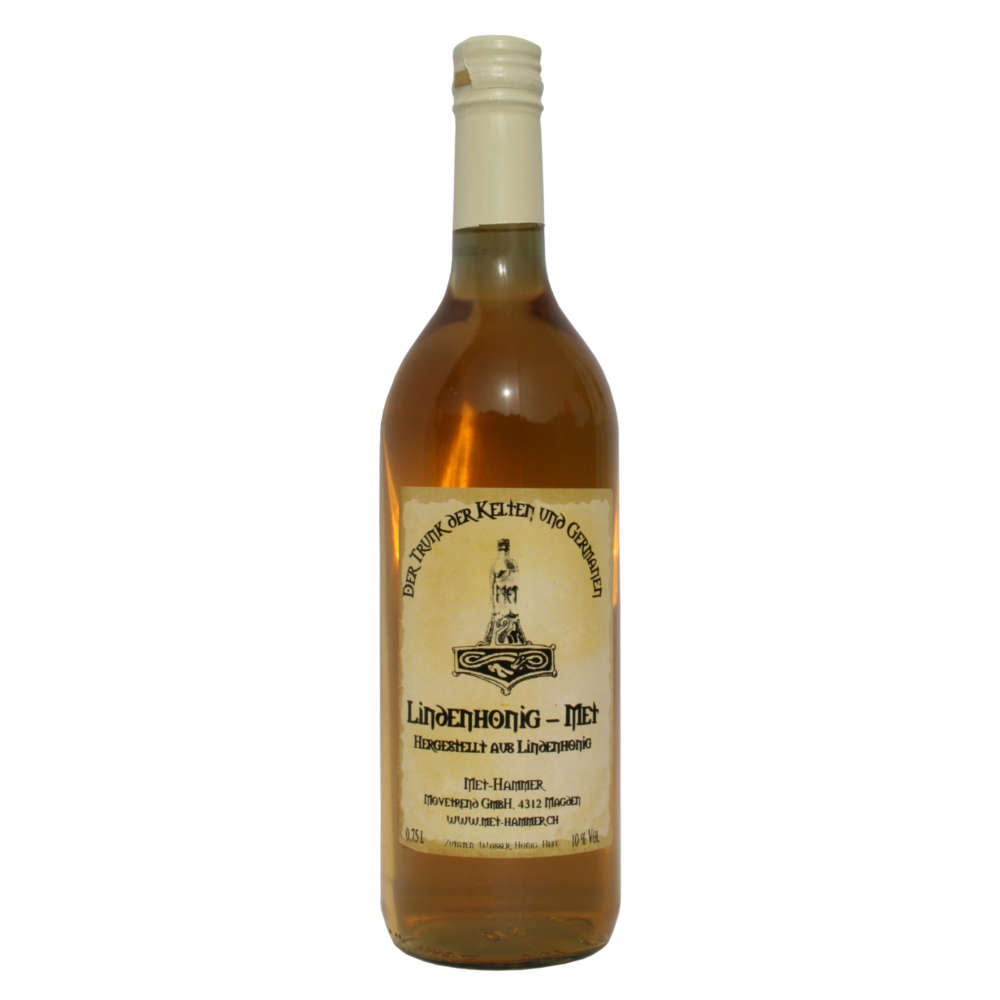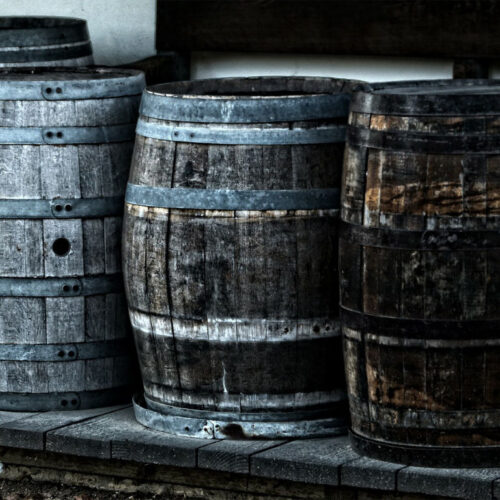We love mead
Discover the power of honey
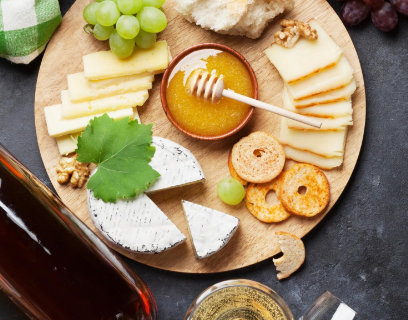

Redeem loyalty points with every order with a customer account. (Pay attention to the note)


Economy shipping with Swiss Post.
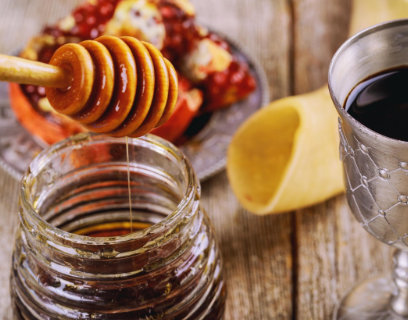

From an order value of more than CHF 150.
Magazine for mead & mead
How is mead / mead made?
How is mead / mead stored?
At Frunisco (the successor to Met-Hammer) you will currently find over 170 different types of mead (honey wine), fruit mead, herb and spice mead from all over Europe and the world. In addition, we offer a large selection of mead and honey beers and have various mead alternatives for you, such as vegan mead or hypocras. The average delivery time is only two to four days after receipt of payment. We have searched for you and found the best varieties from a wide range of small and large mead producers. Instead of driving to Denmark, Sweden, England, Poland, Slovakia, Austria or Germany, you can now simply buy the Met online. We are now offering some types of mead at discount prices. Discover, for example, Asen blood, Asen gold or Asen blood ginger at a great price.
What is mead?
The word mead comes from the Indo-European "madhu" and means something like sweet drink.
Mead is a product made from honey, water and yeast. The dissolved honey is subjected to a fermentation process lasting several weeks, during which its sugar is converted into alcohol. The honey used, the alcohol content, the type of yeast and the acidity determine the taste. Mead is storable and gets better with age. Mead can be drunk both cold and hot, making it a delicious alternative to mulled wine.
Production of mead and mead
By adding different spices you can give the honey wine a completely different taste. In addition, with the right fermentation, dry or bitter mead can be produced. Yeast converts sugar into alcohol and its metabolites give mead the signature flavor we love.
wrong mead
False mead is a wine cooked with honey, which has a similar taste to fermented mead, but is much easier to produce.
We are one of the largest online shops in Switzerland and offer you high-quality mead from Europe and around the world, which is pressed exclusively by producers who also understand their craft and are fully committed to the art of mead production.
We produce our own mead in our own brewery. Produced in Switzerland with only natural ingredients. This mead was produced gently and is natural.
The history of mead/honey wine
It is well established that mead and grape wine were mankind's first alcoholic beverages after beer, which has an even older history (latest sources date it to around 5500 BC). Processes for the production of wine were already around 3500 BC in Egypt and the Near East. known. Mead production has a somewhat older tradition.
The drink was learned to love not only among the Germans, but also among the ancient Greeks, Romans and in Great Britain and Scandinavia. At festivals and mystical cults, mead was used as an intoxicating drink, and because the effects of alcohol were not yet understood, many myths and legends arose about the drink, and mead became a gift from the gods.
Mead was given a place of honor at the Roman banquet tables alongside drinks made from grapes. Since sweet honey could only be obtained from wild bees, mead was a very expensive drink. Under Charlemagne, mead was the drink at court par excellence. At that time, it was also increasingly used by monastery brothers as a remedy or remedy carrier (addition of herbs).
It was not until the late Middle Ages that honey wine became a drink of the "common" people due to the establishment of beekeepers. This was not without consequences for the choice of drinks at court. So the royal houses turned their attention to grape wine from the south.







